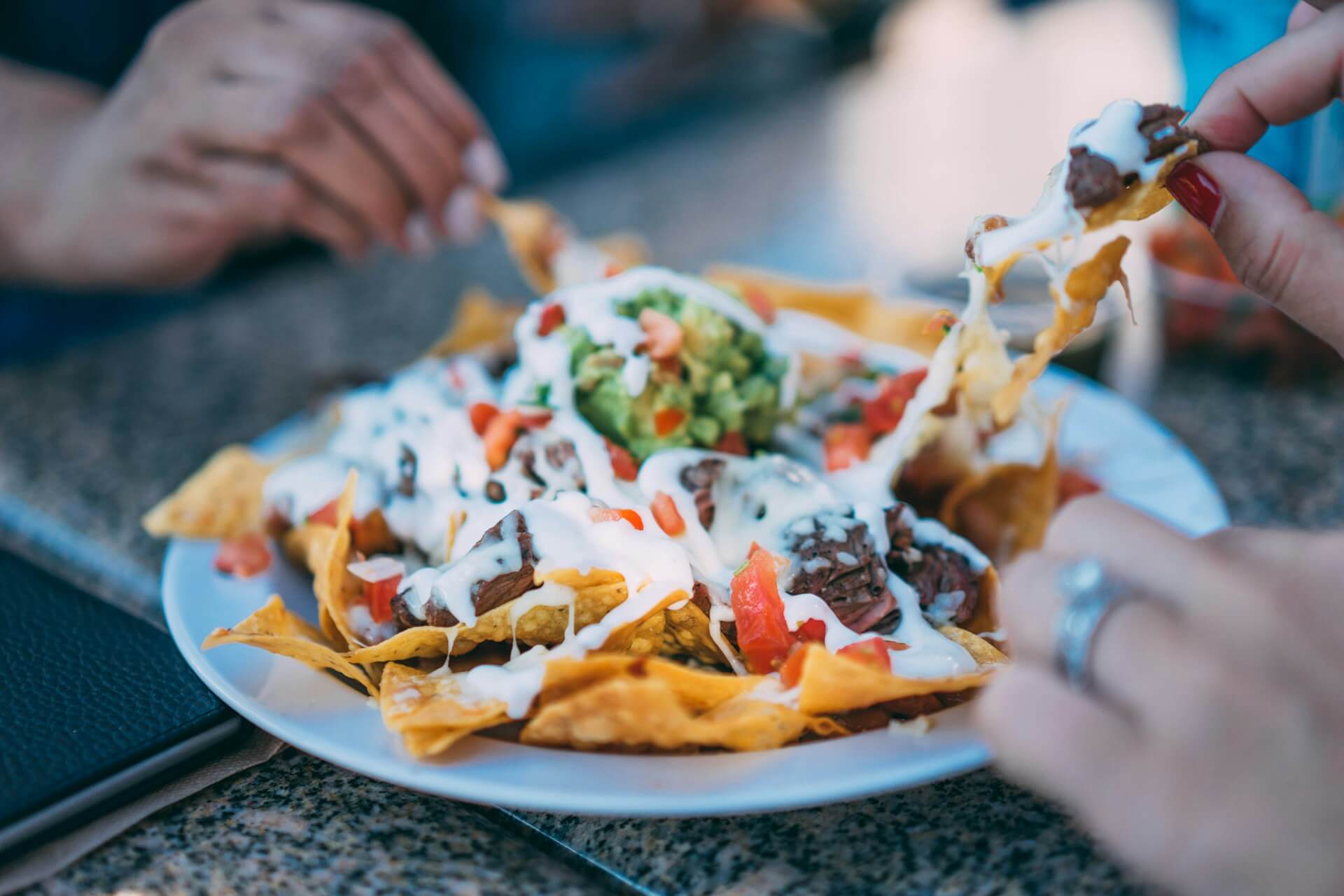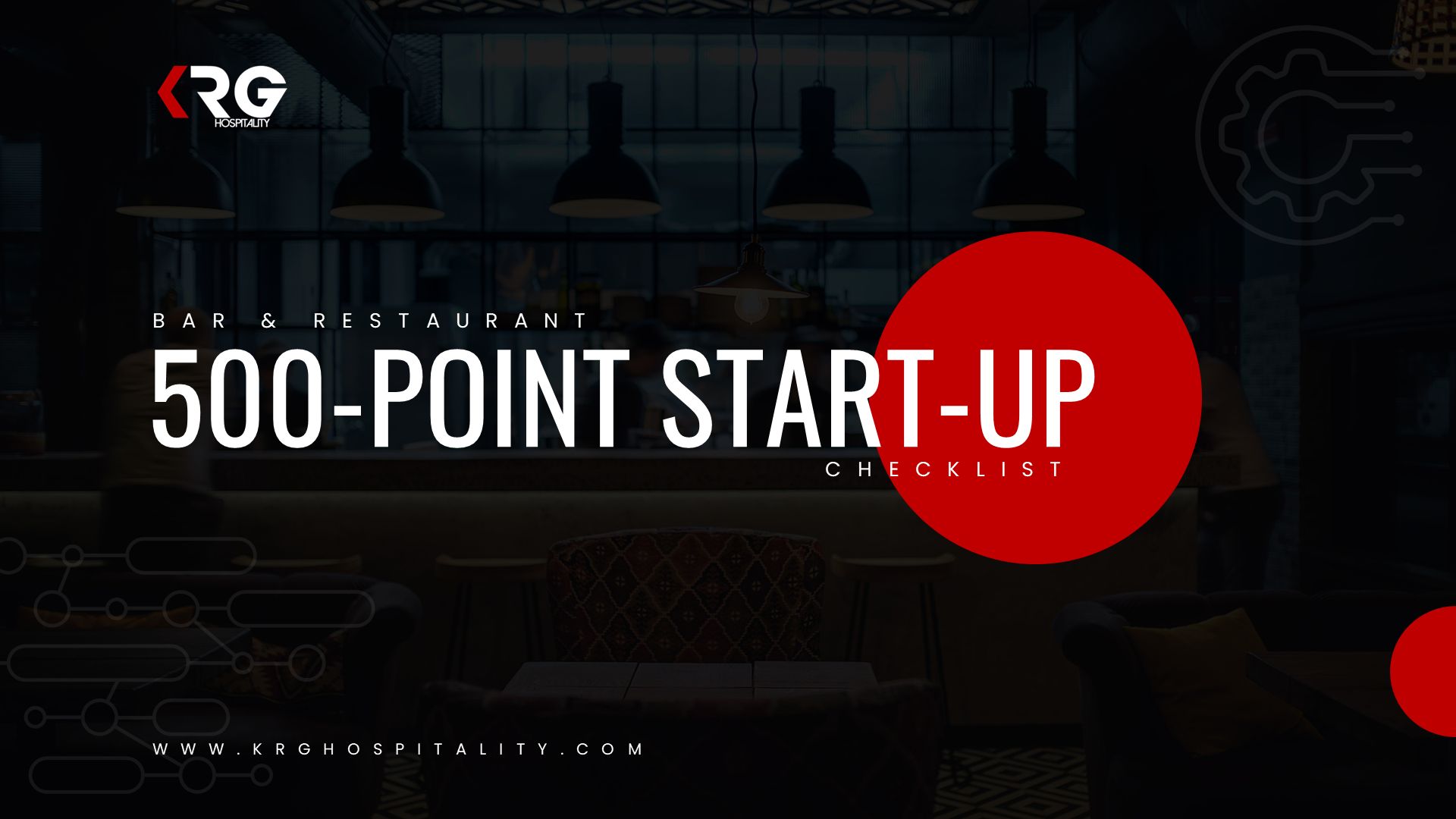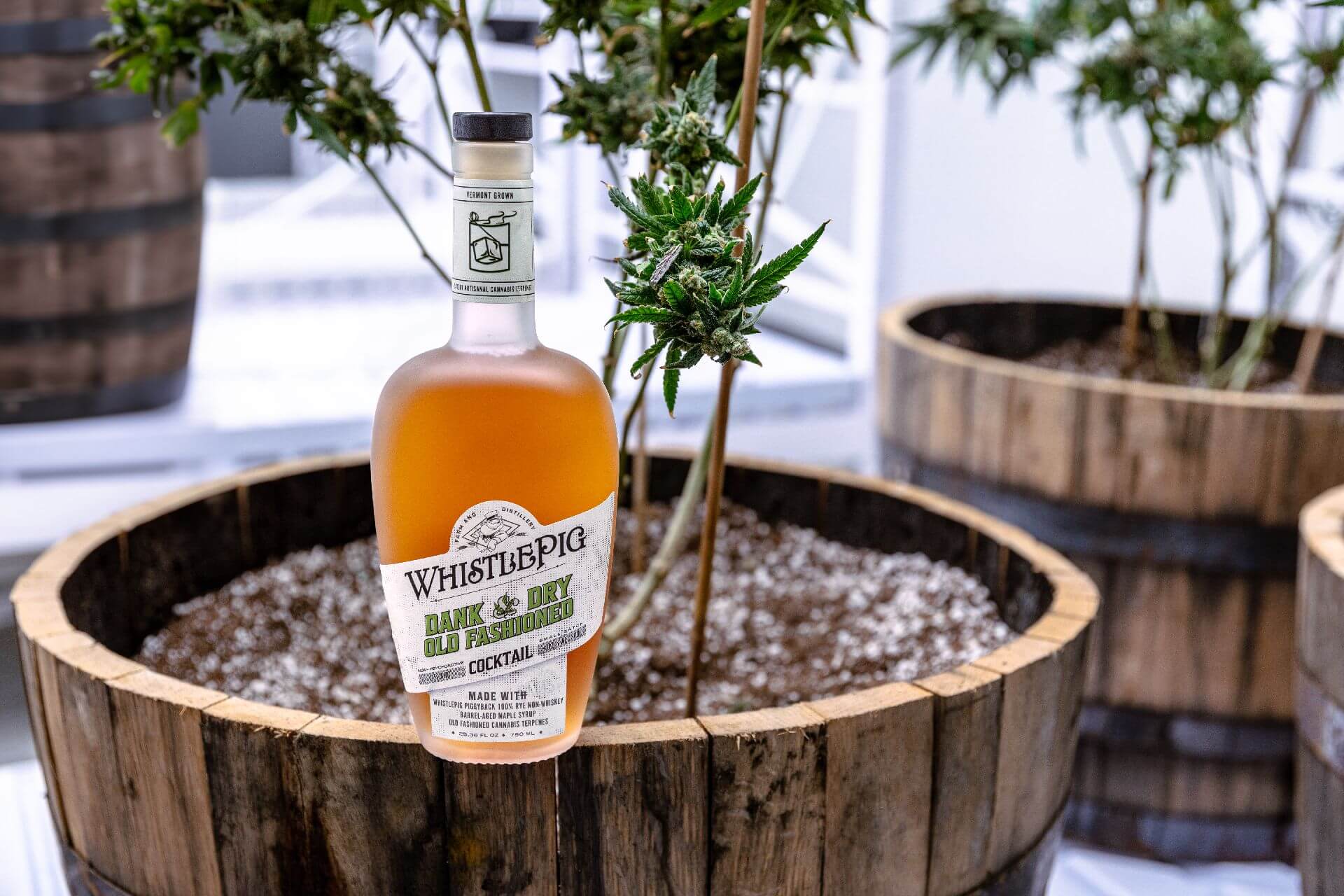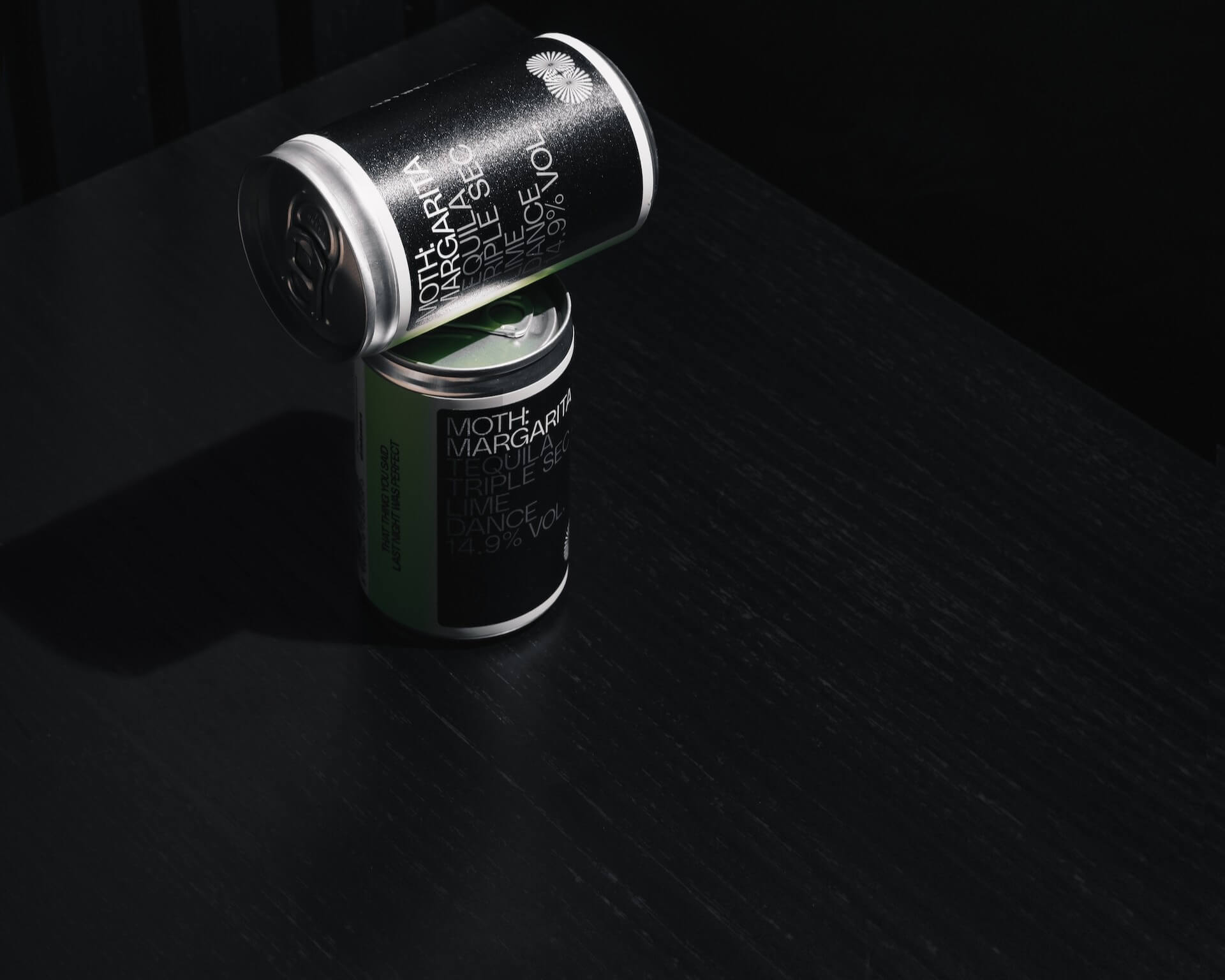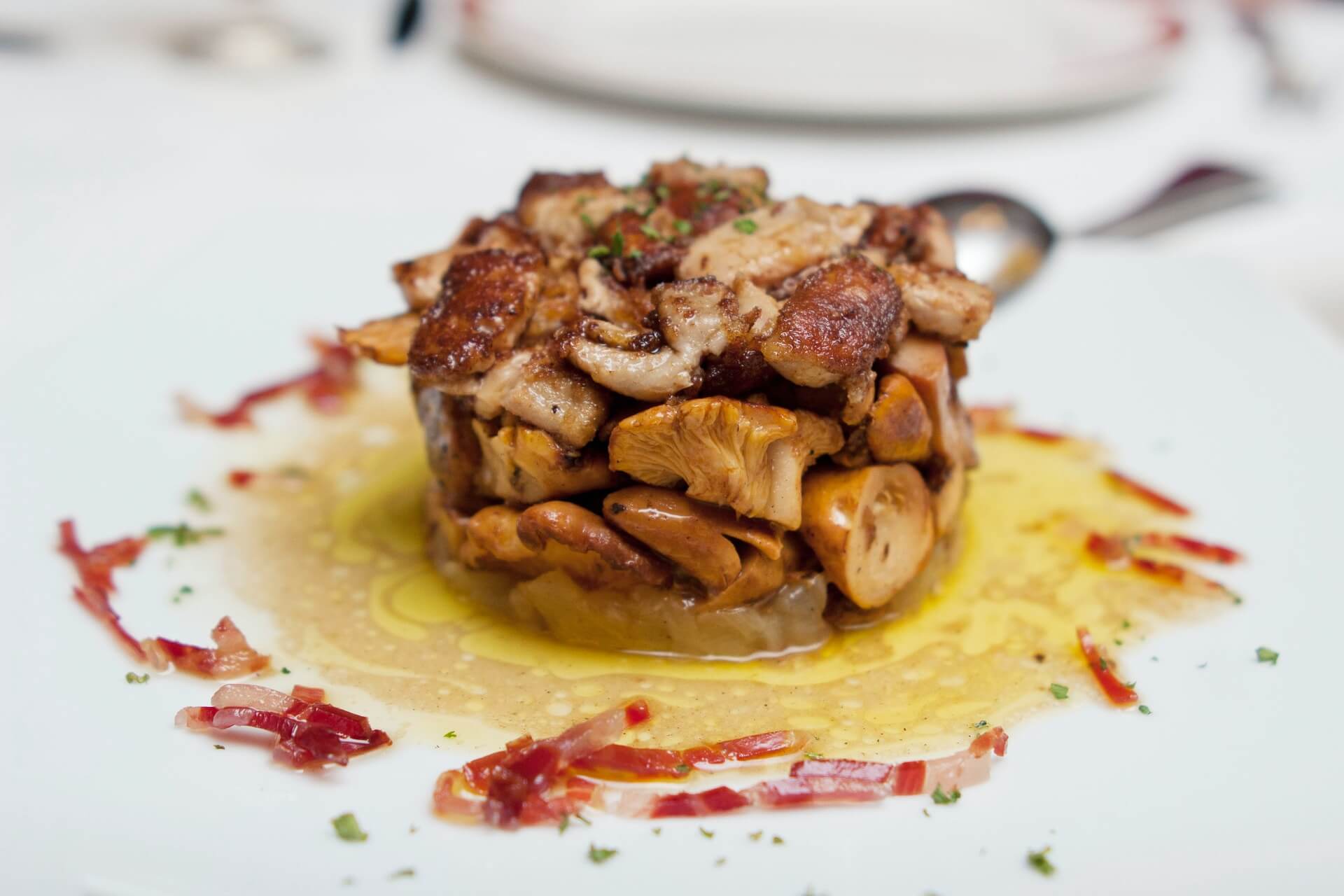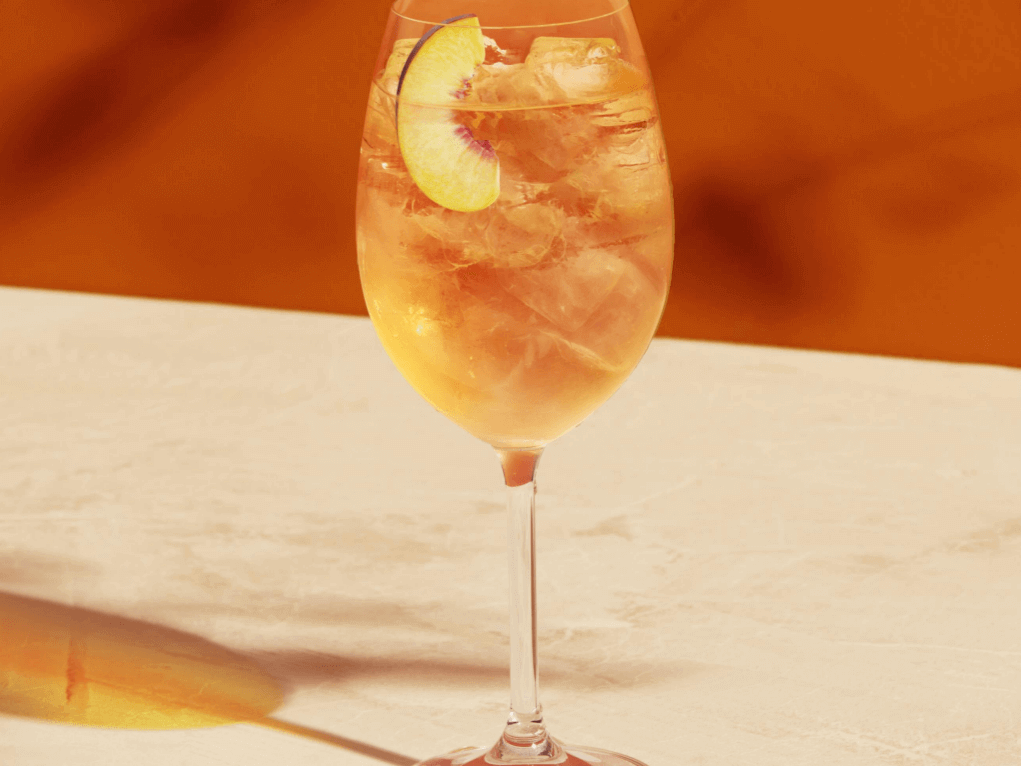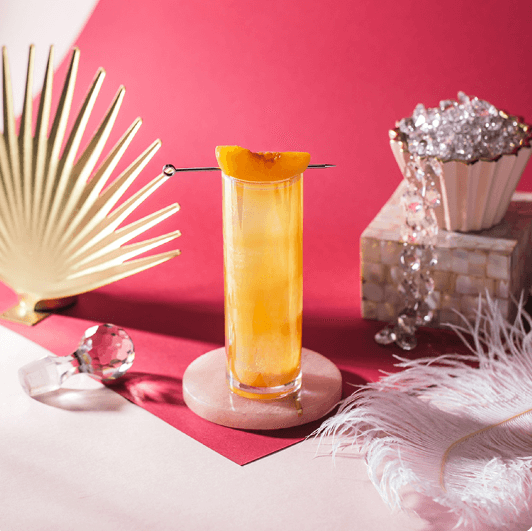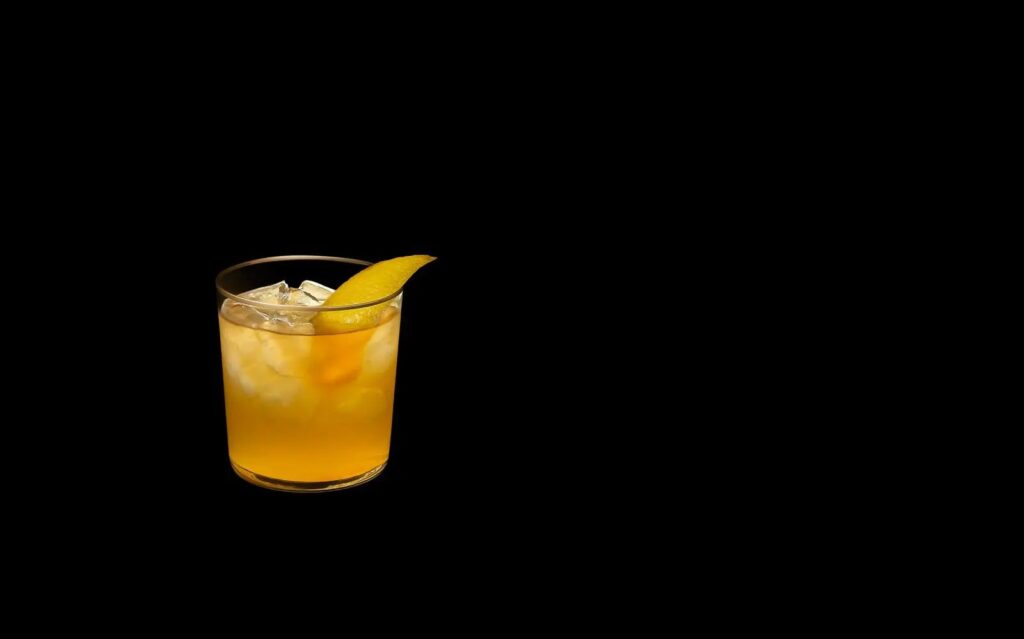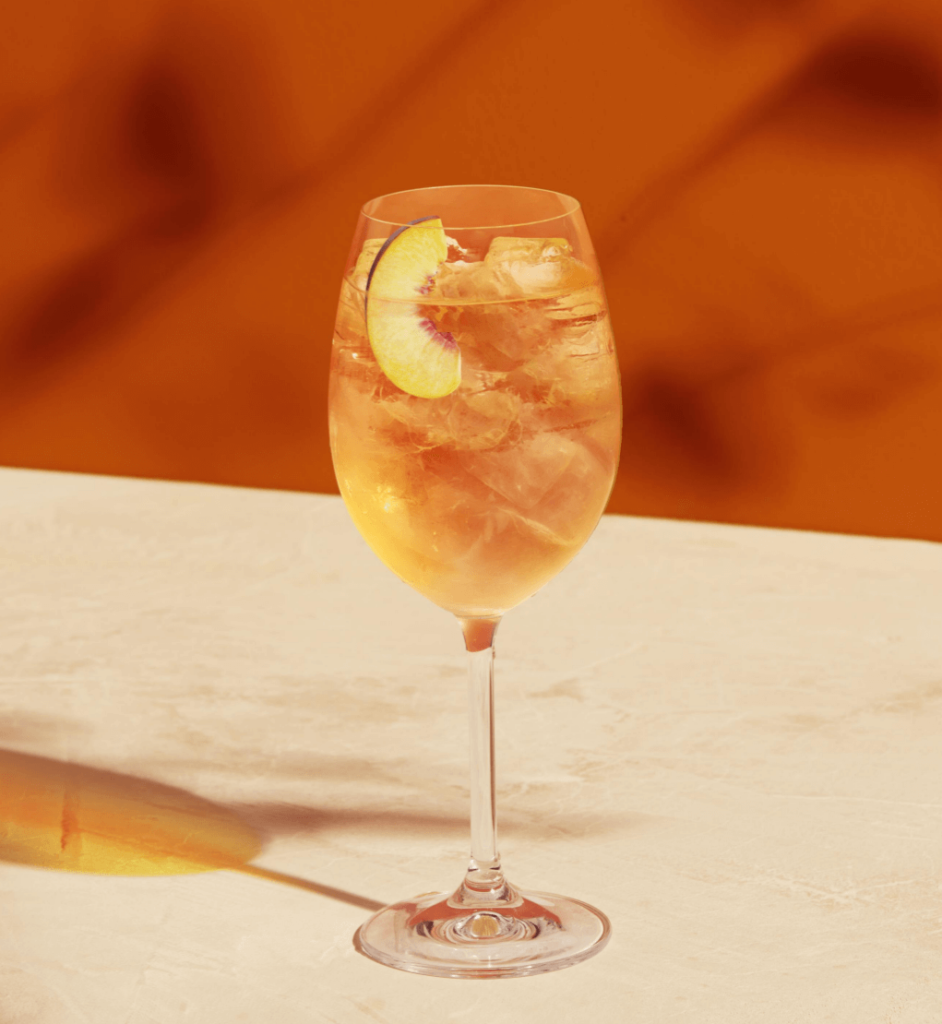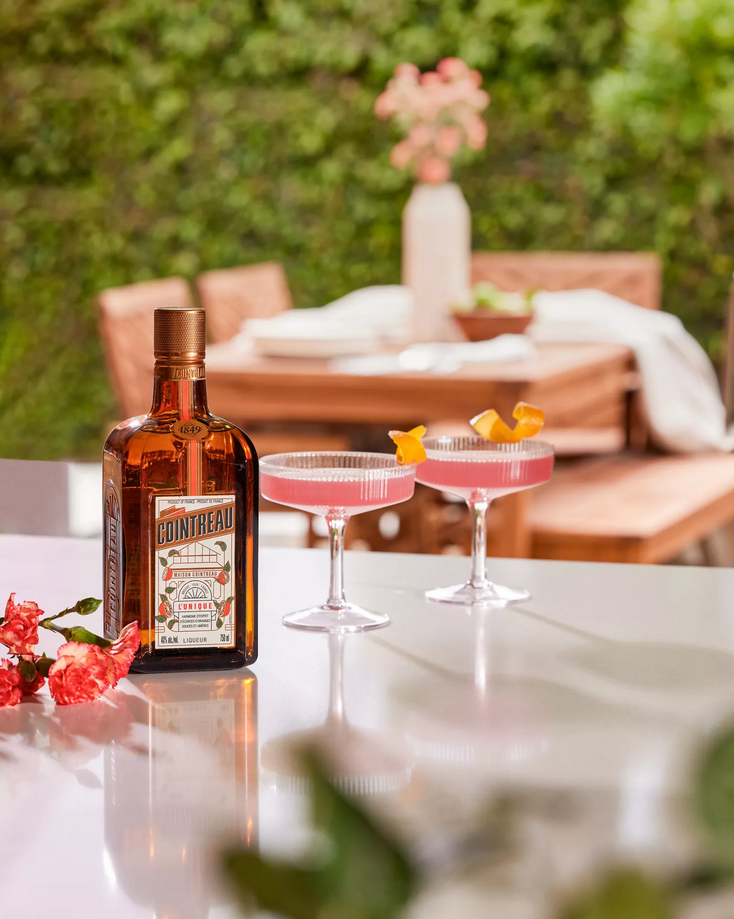Top Pizza Styles & Toppings by Region
by David Klemt
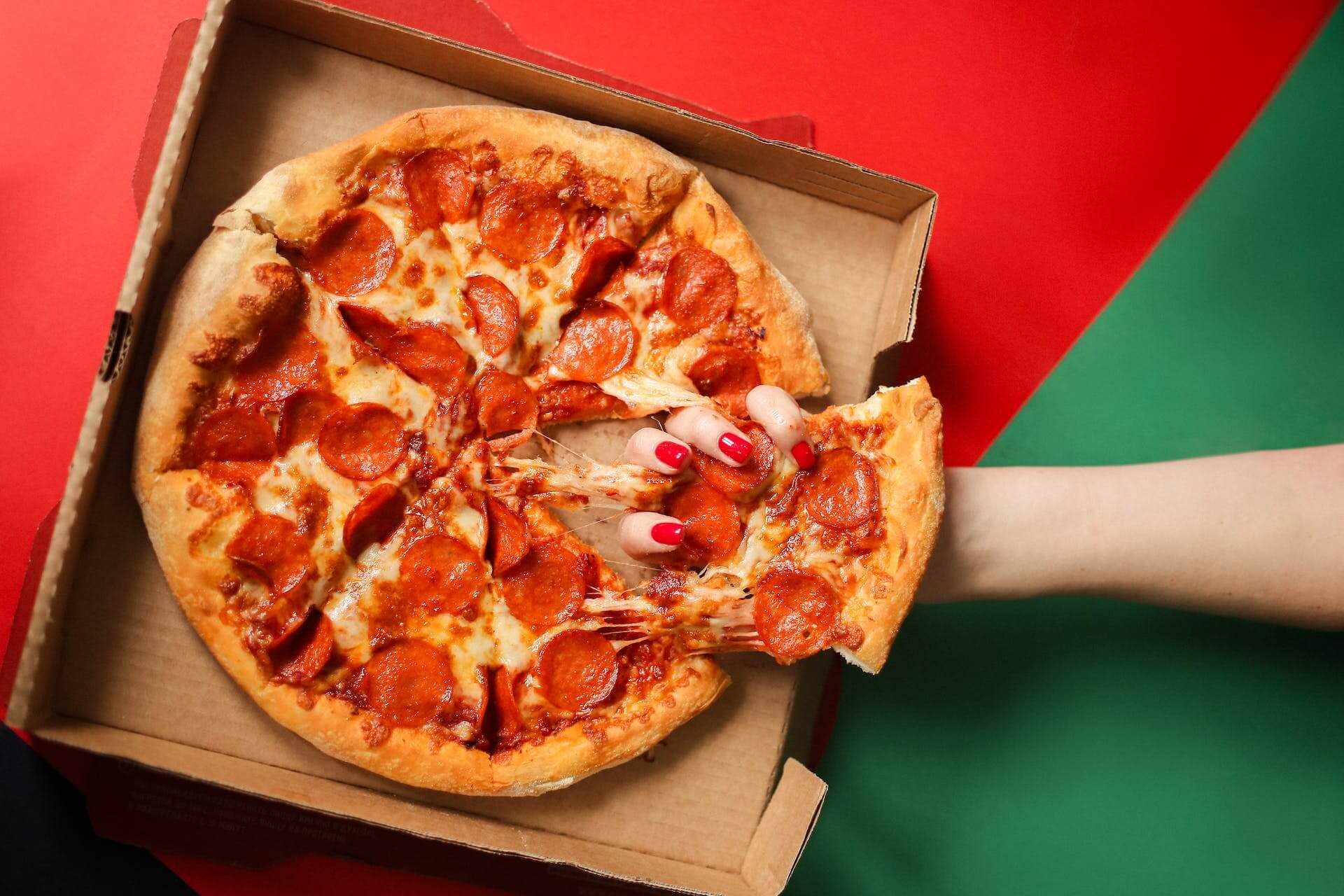
That’s one way to pick up a slice of pizza…
Now that we know the top 11 pizza styles in North America thanks to Pizza Today, let’s see how they break down by region.
Unfortunately, they don’t include regions throughout Canada in their trends report. However, the information is still incredibly valuable.
Pizza Today has put a lot of effort into their 2024 Pizza Industry Trends Report. So, make sure to click this link and check it out for yourself.
Before we jump into the regional breakdown, let’s check out which pizza toppings lead the way across the nation. As you’ll see later, while many regions follow national trends, they also deviate in notable ways.
If you read last week’s article, you already know which pizza styles dominate North America. For those of you haven’t yet read that article, click here.
That said, here are the top 20 toppings in America.
Top Toppings: Nationwide
If you operate a pizzeria or pizza is a significant focus of your business, you probably know the number one topping.
The image at the top of this article is a hint.
Per Pizza Today, these are the top 20 toppings in the US:
- Pepperoni
- Sausage
- Mushroom
- Extra Cheese
- Bacon
- Chicken
- Onion
- Red/Green Bell Pepper
- Ham
- Black Olives
- Meatballs
- Canadian Bacon
- Jalapenos
- Pineapple
- Beef
- Basil
- Banana Peppers
- Fresh garlic
- Tomatoes
- Spinach
Due to outright bias, I hope to see meatballs break into the top ten one of these days. That’s my number one topping.
Now that we’ve shared the top 20 toppings according to Pizza Today, let’s check out the regional breakdown.
The West
This region includes two subregions, Pacific and Mountain.
In alphabetical order, the Pacific states are Alaska, California, Hawaii, Oregon, and Washington. The Mountain region includes Arizona, Colorado, Idaho, Montana, Nevada, New Mexico, Utah, and Wyoming.
So, if you’re in one of those 13 states, the info below is relevant to you.
Top Styles
- New York Style
- Traditional America
- California/American Artisan
- Sicilian
- Neapolitan
Number three makes sense, given this region includes California. Otherwise, the West follows the top five pizza styles in the US rather closely.
Top Toppings
- Pepperoni
- Sausage
- Mushroom
- Chicken
- Bacon
- Extra cheese
- Black Olives
- Onion
- Jalapenos
- Pineapple
In the West, the top three toppings are the same as the rest of the nation. However, chicken and bacon overtake extra cheese in the this region.
The South
Pizza Today divides the South into three subregions: East South Central, South Atlantic, and West South Central.
The former consists of Alabama, Kentucky, Mississippi, and Tennessee. The South Atlantic includes Delaware, Florida, Georgia, Maryland, North Carolina, South Carolina, Virginia, Washington, D.C., and West Virginia. And West South Central is made up of Arkansas, Louisiana, Oklahoma, and Texas.
As you’ll see, the top five pizza styles in the South are the same as the top across the US. Further, the top five toppings in the region are also the same top five nationally. It isn’t until numbers six through ten that we encounter deviations.
Top Styles
- New York Style
- Traditional America
- Sicilian
- Deep Dish
- Neapolitan
Top Toppings
- Pepperoni
- Sausage
- Mushroom
- Extra cheese
- Bacon
- Onion
- Chicken
- Red/Green pepper
- Beef
- Ham
Beef is number 15 nationally, if you don’t want to scroll up and check for yourself.
The Midwest
The Midwest, per Pizza Today, is organized into two subregions. Those are East North Central and West North Central.
Illinois, Indiana, Michigan, Ohio, and Wisconsin make up the former. Iowa, Kansas, Minnesota, Missouri, Nebraska, North Dakota, and South Dakota are the states in the latter subregion.
Top Styles
As a proud Midwesterner, I’m happy to report that the region didn’t disappoint when it comes to the region’s top pizza styles.
- Traditional America
- Chicago Thin
- New York Style
- Deep Dish
- Detroit
The argument that Chicago Thin (a.k.a. Chicago Tavern) rather than Deep Dish is the true Chicago pizza style is bolstered with these rankings.
Top Toppings
Pizza Today shares only five toppings for this region. Notably, extra cheese doesn’t make it in, kicked out by onion.
- Pepperoni
- Sausage
- Mushroom
- Bacon
- Onion
The Northeast
The Middle Atlantic and New England are the two subregions of the Northeast.
For their report, Pizza Today identifies New Jersey, New York, and Pennsylvania as the three Middle Atlantic states. New England is Connecticut, Maine, Massachusetts, New Hampshire, Rhode Island, and Vermont.
Top Style
Number five, given where it was reportedly created, isn’t a surprise.
In fact, the whole list makes sense:
- New York Style
- Sicilian
- Traditional America
- Neapolitan
- Grandma
It’s also not a surprise that Deep Dish doesn’t make it into the Northeast’s top five pizza styles.
Top Toppings
Further, the top five of ten top toppings in the Northeast are the same nationally.
- Pepperoni
- Sausage
- Mushroom
- Extra cheese
- Bacon
- Chicken
- Onion
- Red/Green pepper
- Meatballs
- Banana Peppers
However, as you can see, meatballs (my favorite) and banana peppers break into the top ten in this region.
Takeaways
Obviously, there are more than just 20 toppings finding their way onto pizzas in the US. Pizza Today reports that birria, fig jam, hot honey, pasilla peppers, and pickled vegetables have earned their way onto menus in at least the past 12 months.
And when it comes the top 20 toppings, there’s nuance. For example, there are multiple styles of pepperoni and preparation, and the same holds true for sausage.
All this is to say the following: A blend of popular, traditional toppings along with the unexpected and new is likely a winning combination. This can include exotic ingredients, plant-based analogs, and international herbs and spices.
Remember, it’s pizza; it’s supposed to tempting and fun.
Image: Maksim Goncharenok on Pexels


